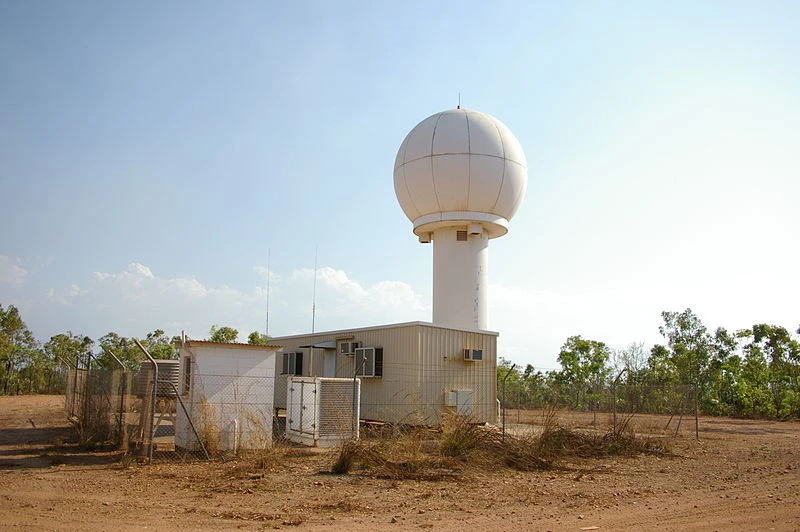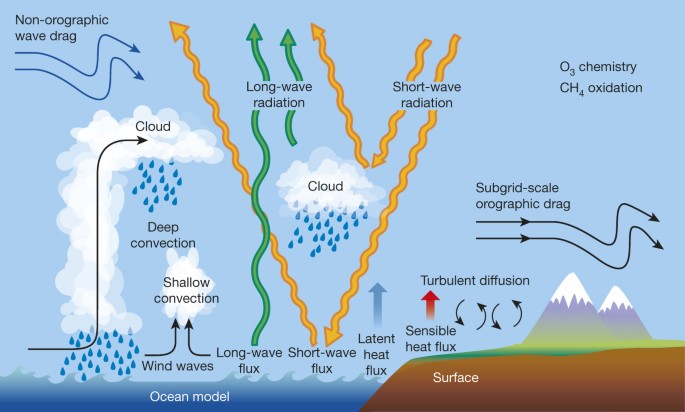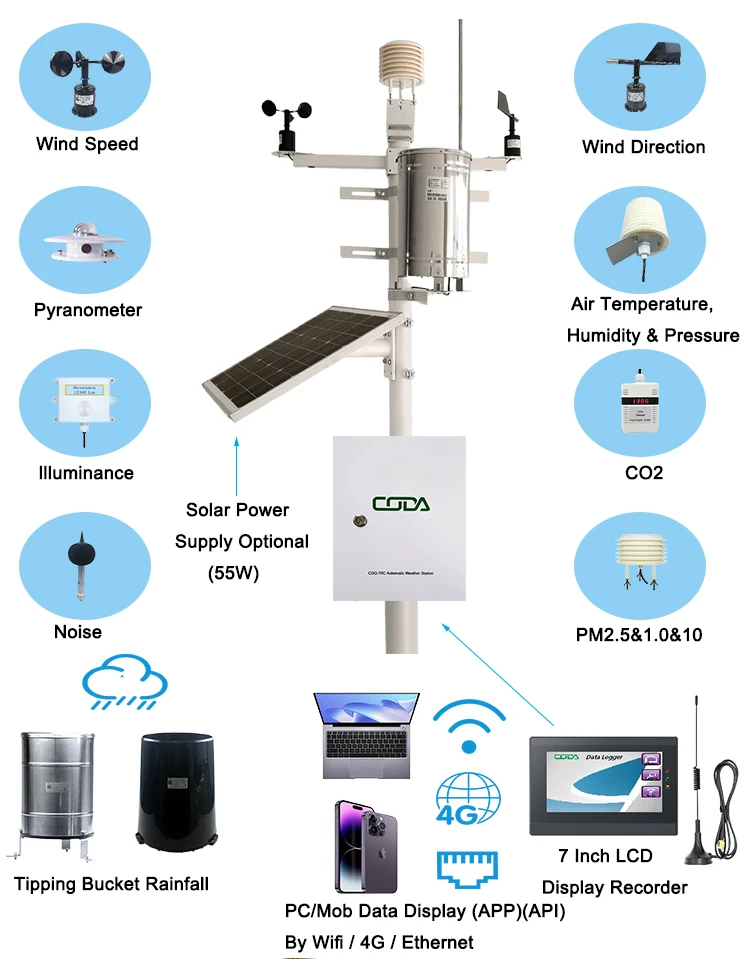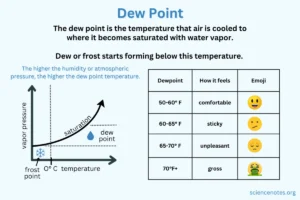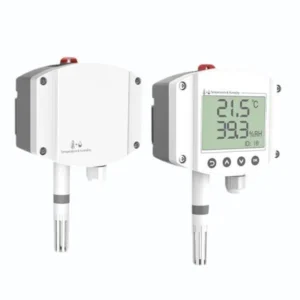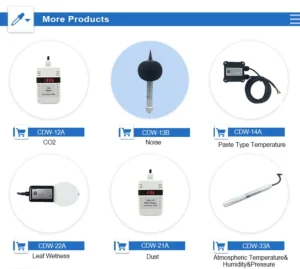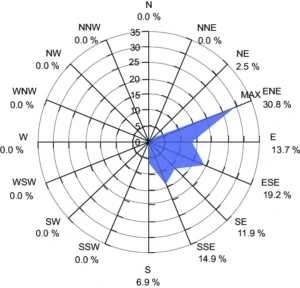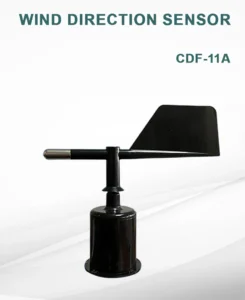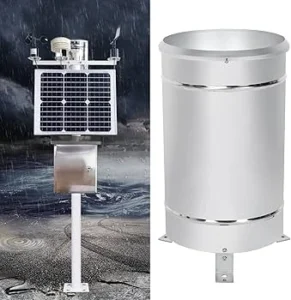What Tools Of Weather Forecasting Use To Predict The Weather ?
Weather has always been important for human activities like farming, navigation, and travel. Over the years, we have changed the way we predict the weather. We moved from simple observations to advanced scientific models.
This change shows how much we have improved at understanding and predicting the weather. Let’s look at the tools and ideas that helped make today’s reliable forecasts.
**Ancient Beginnings: Observations as the Foundation**
In ancient times, national weather service predicted the weather by watching nature and trusting their instincts. Civilizations in India, China, Greece, and Egypt made important strides in understanding the weather. The Indian mathematician and monk Aryabhata was one of the first to study weather patterns in a systematic way.
Chinese meteorologists looked at weather patterns. They documented wind directions and cloud shapes, which were important for farming. The Greeks and Egyptians also used simple tools like watching clouds.
They noted changes in the wind and often linked these observations to astrology. Though basic, these methods helped create structured weather prediction.
**Advancements in Climatology: Understanding Patterns**
The 19th century began the study of climatology. This field looks at long-term weather patterns, not just short-term changes. Important people like William Ferrel and Vilhelm Bjerknes brought new ideas that are still key to weather forecasting.
Ferrel found the Ferrel cell, an important pattern in the atmosphere. This shows how winds change global climates.
Bjerknes developed a theory about weather fronts. This theory shows us where different air masses meet. This causes different types of weather.
Climatologists use long-term data, like temperature changes and rainfall patterns, in their studies. This helps them make better ways to predict. They move forecasting from single observations to data-driven science.
**The Technological Leap: 20th-Century Developments**
The 20th century was a key time for meteorology. New technologies changed the field. In the 1950s, scientists used computers to make numerical weather prediction (NWP) models.
These math models used simple equations to show how the weather works. They made the forecasts more accurate. At the same time, satellite images changed how meteorologists studied and understood weather systems.
Satellites gave real-time data on things like cloud shapes, temperature changes, and barometric pressure systems. They did this from hundreds of miles above Earth.
The shift from analog methods to digital forecasting was a big step forward. It made both accuracy and speed better. This change helps us make better predictions for different places and times.
In the 21st century, big weather data and artificial intelligence play a key role in improving weather forecasting. Predictive weather models help make accurate local weather forecasts. Two examples are the Global Forecast System (GFS) and the High-Resolution Rapid Refresh (HRRR). They use a lot of data to make better predictions.
These models show weather conditions in a lot of detail. This helps weather experts predict weather patterns in advance. Big data collects real-time information from many sources. These sources include satellite images, weather doppler radar systems, and ground sensors.
Machine learning algorithms look at a lot of data. They look for patterns and trends to make forecasts better.
For example, AI can predict where hurricanes will go and how strong they will be. This helps us give earlier warnings and get ready for disasters. New tools that use big data and AI have changed how we forecast the weather.
They make it more dependable and prompt. This change helps us understand the weather better. It also makes public safety better and helps with economic planning.
Case Studies:
Real-World Impacts of Enhanced Weather Prediction
New weather forecasting tools have been helpful in many ways. They help stop wildfires and keep flying safe. A clear example is how they help manage wildfires.
Accurate weather forecasts, such as high temperatures and low humidity, help firefighting teams take action early. This helps stop wildfires from spreading and keeps people safe.
In 2018, accurate predictions about the Santa Ana Winds in Southern California helped authorities evacuate thousands of people. They put resources in place early, which saved many lives. The aviation industry relies on accurate weather forecasts to ensure air travel is safe.
Airlines can use real-time data from weather satellites and sensors. This helps them plan better routes. This helps them avoid bumps and keep passengers safe. This smart approach cuts down on delays and lowers the chance of accidents.
Challenges and Future Directions in Weather Prediction
Even with good progress, weather forecasting still has some challenges. Making sure data is accurate and boosting computer power are key tasks. Meteorologists need to combine data from different sources. They must also ensure that this data is accurate and up-to-date.
Computational limits can affect how complex predictive models are, which may impact their accuracy. The future looks bright because of new technologies. For example, quantum computers could make forecasting better by processing data more quickly. Also, creating more inclusive models that consider different climate factors will be key to maintaining accuracy during global changes.
The Journey Forward
The history of weather prediction shows how people want to know and prepare. We have moved from simple old methods to new computer models. Over time, we have made our tools and methods better to predict the weather.
New advancements in forecasting technology can make predictions more accurate and trustworthy. This will help us in the future. We can fix current problems through research and new ideas. This will open up new chances.
These chances will make our communities and economies safer and stronger. With ongoing investment, weather prediction will be safer and more accurate in the future.
